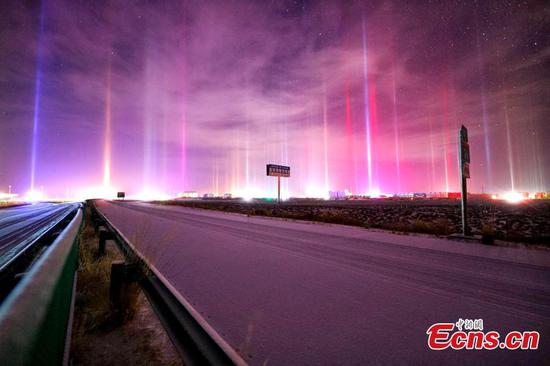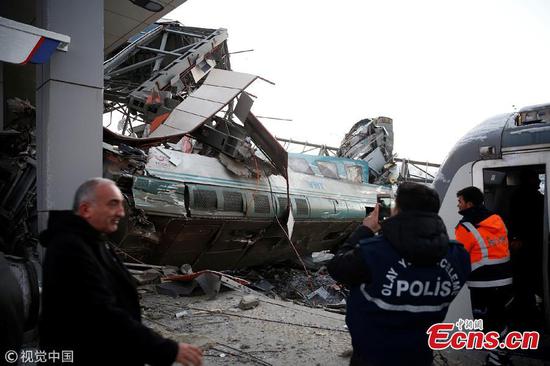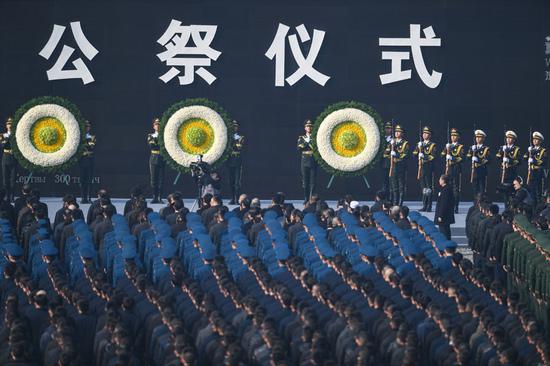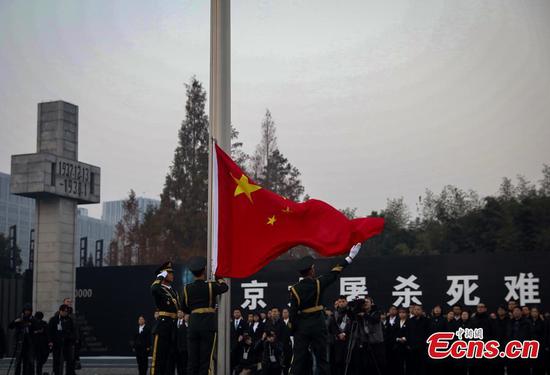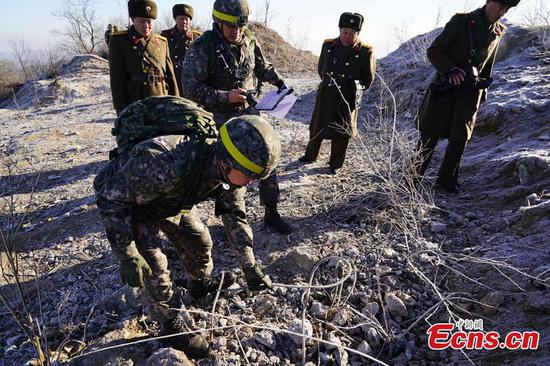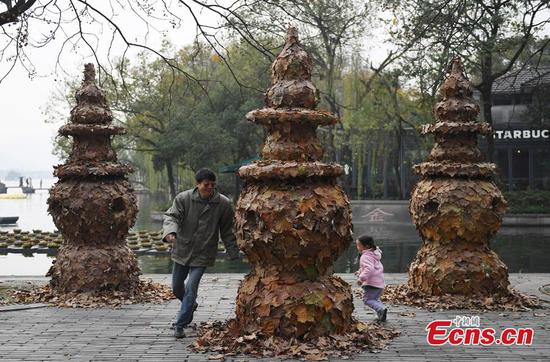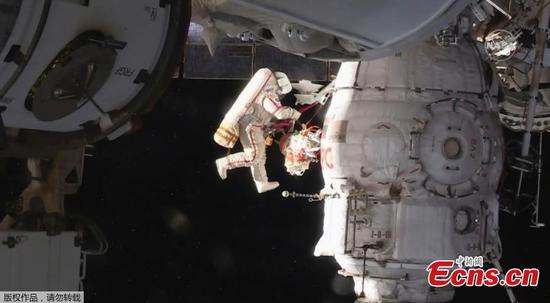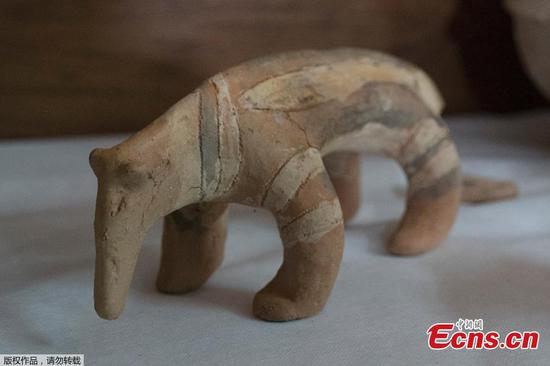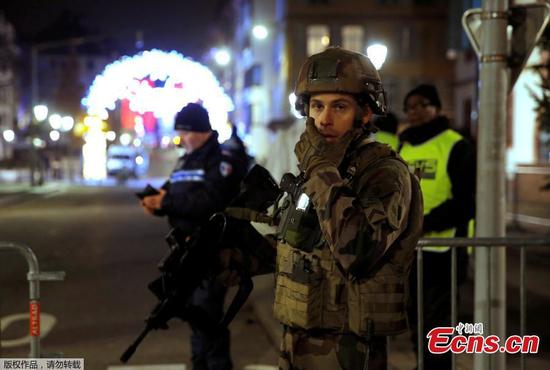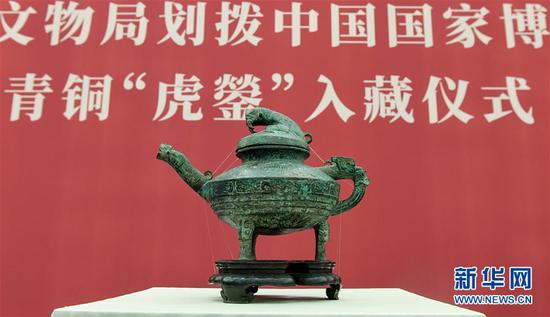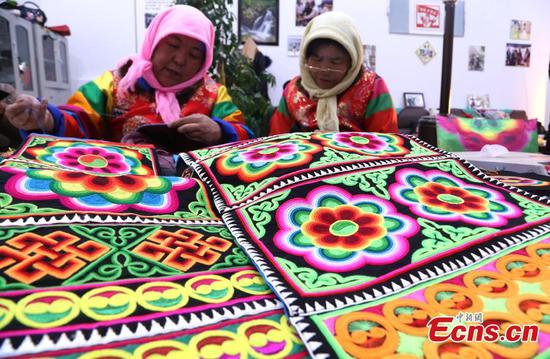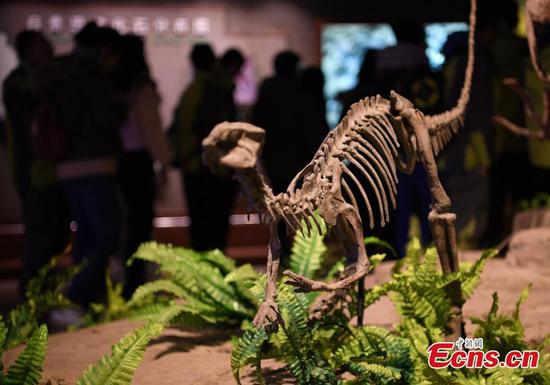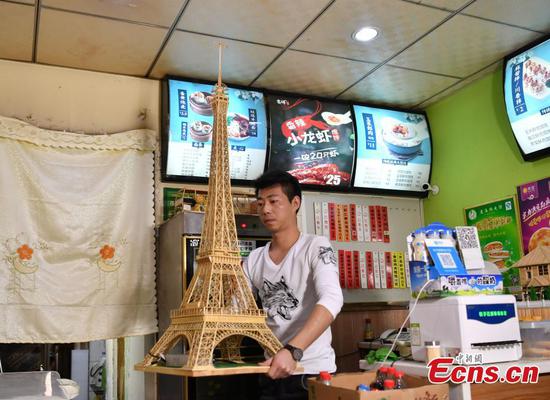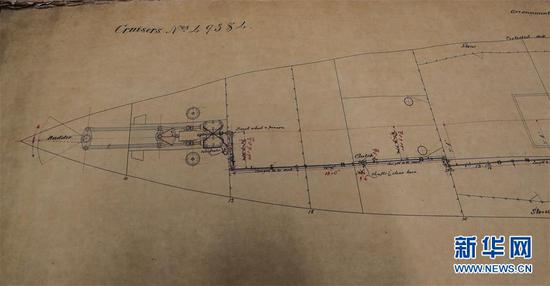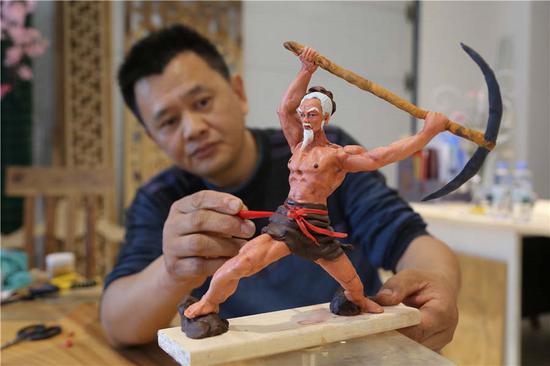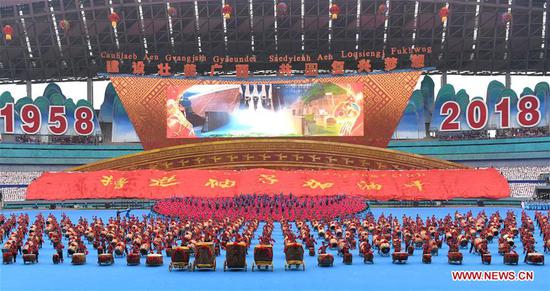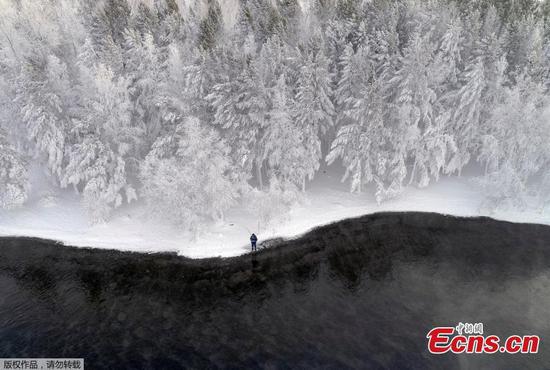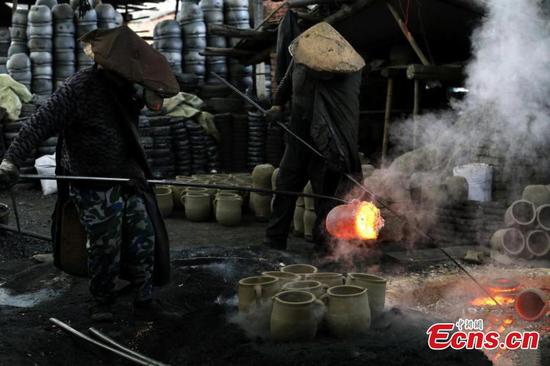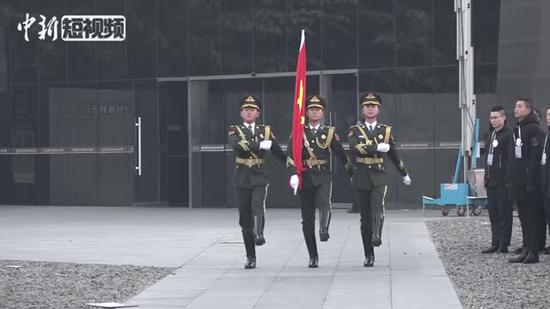
(Photo provided to China Daily)
But the thickets of such architectural icons as the Jinmao Building, the Oriental Pearl Tower and the Shanghai World Financial Center were rundown clusters of hovels just decades ago.
I spent a day with Wei Gensheng, a former crane operator who worked on constructing the Bund and became a nationally acclaimed photographer for the panoramic pictures he snapped from his crane.
"At that time, there was a saying: 'Even a bunk in Puxi is better than an apartment in Pudong'," Wei recalls.
"In the eyes of Shanghai residents, Pudong was a rural place. There were old-style houses in longdang (traditional alleys). Now, they're modern residential complexes. It's a totally different feel today."
That's perhaps an understatement, by my estimation.
I'd instead say it's at least "unrecognizable"-maybe even "unimaginable".
And that sentiment holds true for many dimensions of the development of Shanghai and surrounding cities since the adoption of the reform and opening-up.
And it seems poised to prove increasingly true in the years to come, as innovation and coordinated development accelerate in the region and throughout the country, especially in the new era.









